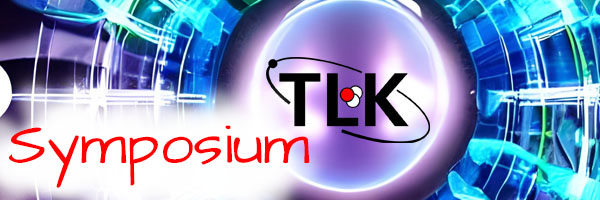Speaker
Description
Robert MICHLING, Ian BONNETT, David DEMANGE, Wataru SHU, Peter SPELLER, Scott WILLMS
ITER Organization, Route de Vinon-sur-Verdon, CS 90 046, 13067 St Paul Lez Durance Cedex – France
Corresponding author: Robert.michling@iter.org
ITER is a joint international research and development project that aims to demonstrate the scientific and technical feasibility of fusion power. When ITER uses the real fusion fuel during operations — a mixture of deuterium and tritium — part of this fuel will not be burned. This leads to an exhaust mixture of fusion fuel, helium and other impurities, which needs to be processed at unprecedented flow rates by the Tritium Plant within the Fuel Cycle, with measures necessary for the confinement and safe handling of tritium.
The ITER Tritium Plant systems are a complicated and complex collection of small scale chemical plant sub-systems, utilising specialist technology with multiple confinement barriers. It uses well-proven fusion technologies and equipment (catalytic reactors, permeators, cryogenic distillation, chemical exchange columns, electrolysers, gas distribution, etc.), deployed at a larger scale than previously used.
For the operation and safety aspects the Tritium Plant systems have specific needs of analytical capabilities in view of hydrogen isotope measurements (absolute/relative) for online process control functions, as well for precise composition measurements linked to accountancy tasks within the facility. The detection of impurities in the hydrogen gas streams are also crucial for indication of healthy process conditions and off-sets events. The range of hydrogen isotope fractions to be analysed within gases or of water stretch from pure to ppt levels, which can only be covered by the implementation of different analytical technologies and measurement conditions to fulfil the needs of the Tritium Plant.
The presentation will give an overview of the different Tritium Plant systems under the most common operating conditions linked to individual analytical requirements. Also it will highlight available analytical technologies and identify areas of missing analytical performances to be resolved in future for a successful and safe operation of the Fuel Cycle of ITER.
“The views and opinions expressed herein do not necessarily reflect those of the ITER Organization.”
©2023, ITER Organization

